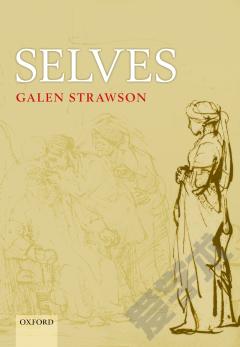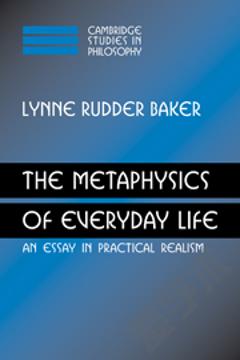Transient Truths —— An Essay in the Metaphysics of Propositions
----- 短暂的真理:形而上学论题文集
Acknowledgment Introduction 1. Characterizing Temporalism 1.1. Times in Propositions vs. Time Neutrality 1.2. Truth Conditions 1.3. Temporal Propositions are Truth-Evaluable 1.4. Signpost 2. Reporting Belief 2.1. The Classical Objections 2.2. Recent Debate 2.3. Temporalism and Belief Reports 2.4. Temporalism and Belief Retention 2.5. Belief De Se 2.6. The Argument from Belief Retention 2.7. The Accident 2.8. Signpost 3: Disagreeing Across Time 3.1. Passing on Information across Time 3.2. Arguments from Disagreement against Temporalism 3.3. Signpost 4. Representing Time 4.1. The Time Analysis and Temporalism 4.2. The Event Analysis 4.3. The Empirical Evidence against Traditional Tense Logic 4.4. Time Adverbials 4.5. Composite Tense Operators 4.6. Span operators 4.7. The Ellipsis Theory 4.8. The Temporal Anaphora Hypothesis 4.9. The Counter Evidence Explained 4.10. Signpost 5. Reviving Priorian Tense Logic 5.1. The SOT Rule 5.2. Later-Than-Matrix Interpretations and Kamp/Vlach Sentences 5.3. The PTQ Fragment 5.4. Partee Sentences 5.5. Pragmatic Rules for Noun Denotation 5.6. Double Access Sentences 5.7. Location Operators 5.8. Signpost 6. Embedding under Tense Operators 6.1. Kaplan's Argument 6.2. Objections to Kaplan's Argument 6.3. The Redundancy of the Present Tense 6.4. An Argument against Quantifier Analyses 6.5. Signpost 7. Representing Eternally 7.1. Two Kinds of Content 7.2. Past- and Future-Tensed Sentences 7.3. Conjoined Propositions 7.4. Two Kinds of Propositions 7.5. Eternal Propositions and Metaphysical Eternalism 7.6. Signpost 8. Representing the World Egocentrically 8.1. C & H's Main Argument against Relativism 8.2. The Argument from Perception 8.3. Non-Indexical Contextualism 8.4. Temporalism Defended 8.5. Signpost Closing Remarks Bibliography
{{comment.content}}








 京公网安备 11010802027623号
京公网安备 11010802027623号